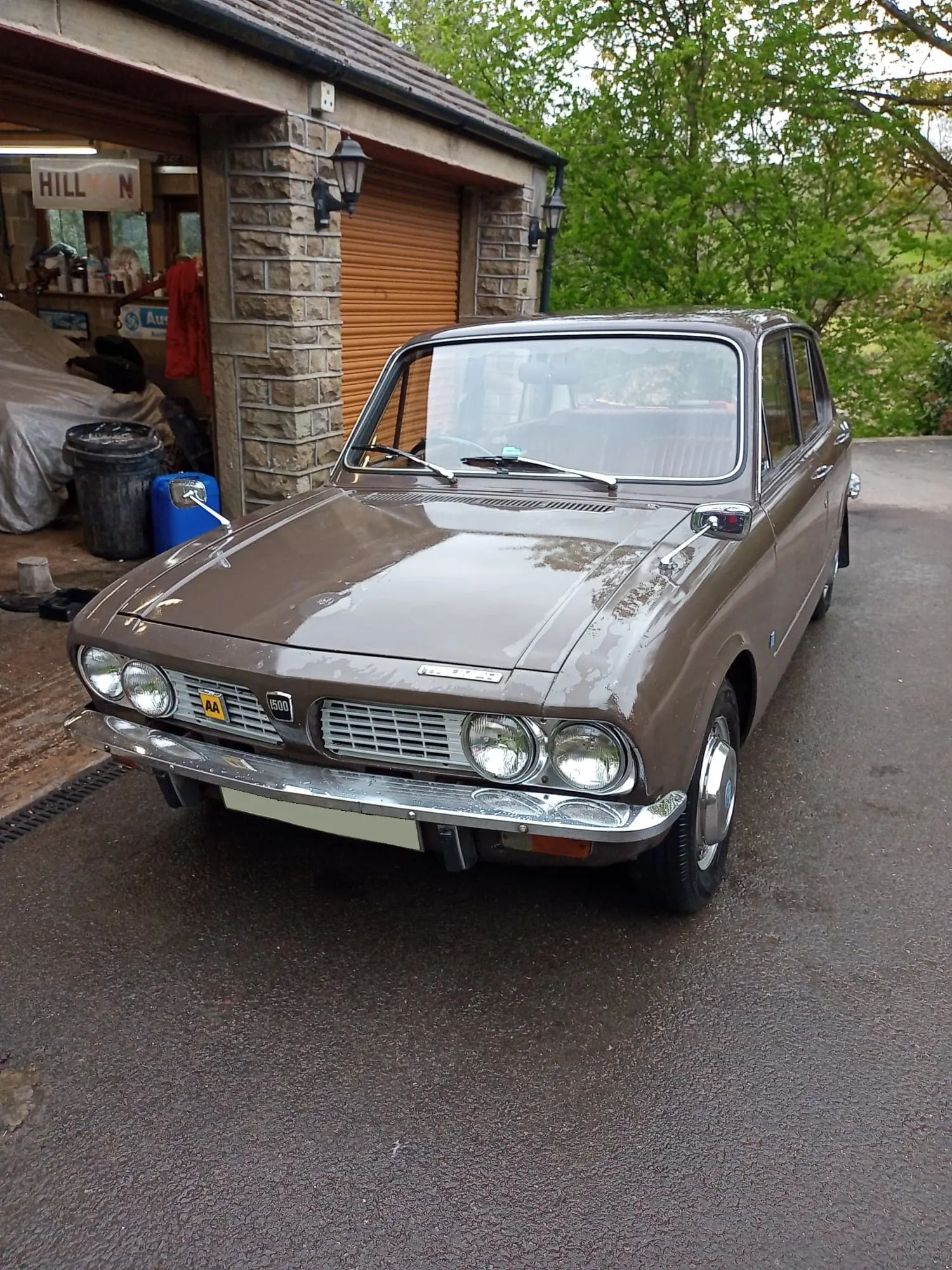Hidden Gem – The Triumph 1500
06 March 2024
Some cars have the misfortune of being overshadowed by more than one member of the same family. The Triumph 1500 often seems to be unfairly neglected compared with its 1300 predecessor – the marque’s first front-wheel-drive car – and the later Dolomite. Yet, it has a distinct appeal of its own.
Most readers will be familiar with the 1500’s background. In August 1970, Triumph replaced the 1300 with two models. The Toledo would also appeal to owners of the recently discontinued Herald, and it combined a shorter two-door version of the Michelotti body (a four-door version would follow later) with the 1.3-litre engine now driving the rear wheels and a limited array of fittings.

Meanwhile, the 1500 was FWD, four-door only, with a longer bonnet and boot than the 1300, plus quad headlamps and a 1,493cc engine. The price was £1,113 6s 5d – more expensive than the 1300 at £968, but Triumph promised an interior “rich in hedonistic joys”, including reclining front seats; the driver could also adjust for height and tilt.
If that were not sufficiently tempting, the 1500 also boasted an adjustable steering column, a cigar lighter, a column lock and a revised dashboard with fresh air vents. The 1500’s specification further included two-speed wipers and reversing lamps, although some owners complained about Canley replacing the 1300’s independent rear suspension with a live axle. The theory was reducing camber changes and sudden oversteer, but Triumph die-hards suspected cost was the reason.
To quote Autocar, Triumph believed sales would be from: “the purely private buyer who wishes to combine a high standard of finish and comfort with a compact car of moderate performance”. In other words, the 1500’s image appeared to be retired headteacher/bank manager/Margo Ledbetter, which makes an early cinema campaign seem all the more ill-judged. The idea of a 1500 as the star attraction at a strip club (complete with ‘Bunny Ears’) is less “ill-judged” and more downright surreal.
In terms of rivals, the Triumph occupied a distinct niche. The Hillman Avenger cost £984 in GL form but lacked the 1500’s genteel image. The Vauxhall Viva HC 1600SL for £1,027 appealed more to drivers with mid-Atlantic aspirations, while the last of the Wolseley 16/60s at £1,082 was for the motorist who regarded The Archers as radical. As for the Ford Cortina 2000 GXL Mk. III for £1,025, a Triumph buyer probably regarded it as too flashy by half.
Motor Sport reported: “the two experienced drivers of different sexes who drove the Triumph 1500 before I took over certainly did, praising its good ride, safe handling and general refinement in a compact car”. Autocar believed: “For the family man who can afford it, the car will appeal as much for its comfort as for the prestige it brings him”.
The RWD 1500TC replaced the 1500 in 1973, and on the 3rd March 1976, Triumph consolidated the range under the Dolomite name. But the 1500 should not be neglected, for it was a compact, well-furnished saloon that stood apart from the stylistic excesses of the early 1970s. As Triumph said, it was “The who could ask for anything more car”.
With Thanks To – Kevin Hirst
